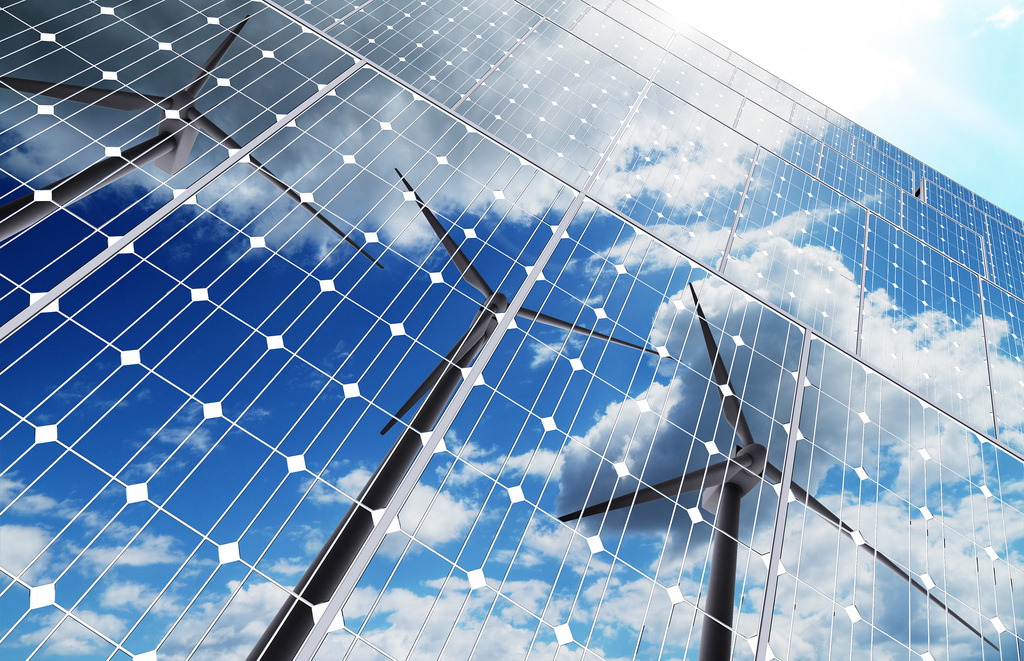 NEWS
NEWS
 NEWS
NEWS
 NEWS
NEWS
Microsoft’s data center operations have been officially “carbon-neutral” since 2012, but that’s not nearly good enough for Redmond’s environmentally-friendly bods. They’re not satisfied, because legal loopholes mean that data center operators don’t actually have to use renewable energy directly in order to be considered carbon-neutral, and it’s a problem Microsoft wants to remedy.
Microsoft said that since 2014, it sources all of its power for its data centers from renewable sources. However, it’s done so by means of both obtaining clean power directly, and through purchasing renewable energy certificates that are used to offset carbon emissions. Now, the company wants to see a tangible increase in the amount of true renewable energy that’s used by its data centers.
“As we move forward, we will continue to purchase renewable energy certificates to ensure we reduce our carbon emissions to zero,” said Brad Smith, president and chief legal officer at Microsoft, in an announcement last week. “But more important, we are setting goals to grow the percent of wind, solar, and hydropower energy we purchase directly and through the grid to 50 percent by 2018, 60 percent early in the next decade, and to an ongoing and higher percentage in future years beyond that.”
At present, renewable energy accounts for just 44 percent of the total energy consumed by Microsoft’s data centers. This renewable energy is sourced from wind farms, solar panels and hydroelectric plants, Smith said.
To be transparent, Microsoft said it will also publish its energy statistics on an annual basis. This new report will encompass Microsoft’s figures on both global and regional energy consumption, its renewable energy certificate purchases, and any other data that provides insights into its energy investments and usage. And as for new data centers, Smith said Microsoft will prioritize those locations that have easy access to clean energy.
Microsoft will also use its influence within the communities it operates to get them to use less fossil fuels as well.
“Wherever we operate, we will work to bring new renewable energy sources online either through investments in new projects, by engaging on enabling policy changes that will help accelerate availability of more clean energy, and by working with utilities to increase the availability of renewable energy on the grid,” Smith said.
Another area Microsoft is attacking is that of data center efficiency. The company has pledged to pour new research funds into improving the efficiency of servers and other bits of data center hardware.
Microsoft, along with other cloud companies like Amazon Web Services and Google, is in the midst of a rapid data center expansion campaign in order to support the growth of its cloud services. But at the same time, all three are keen to build ‘green’ data centers that have considerably less impact on the environment. It’s a worthy goal, because as Smith points out, “data centers will rank by the middle of the next decade among the large users of electrical power on the planet.”
Leading Microsoft’s efforts in the green data center department is Jim Hanna, the former head of environmental affairs at Starbucks, who was hired last February. Earlier this month, Microsoft also announced it had joined an alliance of environmental groups alongside Facebook, in order to promote the development of renewable energy. Called “The Renewable Energy Buyers Alliance”, the group’s goal is to push for the development of 60 gigawatts of renewable energy by 2025, which is enough to replace all US coal-fired power plants that are slated for retirement in the next four years.
Support our mission to keep content open and free by engaging with theCUBE community. Join theCUBE’s Alumni Trust Network, where technology leaders connect, share intelligence and create opportunities.
Founded by tech visionaries John Furrier and Dave Vellante, SiliconANGLE Media has built a dynamic ecosystem of industry-leading digital media brands that reach 15+ million elite tech professionals. Our new proprietary theCUBE AI Video Cloud is breaking ground in audience interaction, leveraging theCUBEai.com neural network to help technology companies make data-driven decisions and stay at the forefront of industry conversations.